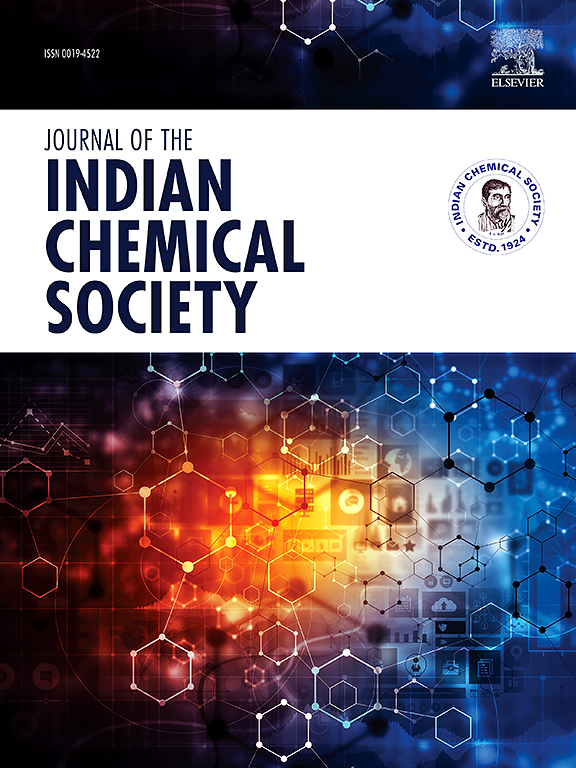Optimization of 1,3-thiazolidin-4-one based compounds: Design, synthesis, biological evaluation, molecular modeling and ADME studies
IF 3.2
4区 化学
Q2 CHEMISTRY, MULTIDISCIPLINARY
引用次数: 0
Abstract
A series of thiazolidinone derivatives (5a-f) was constructed and the structure of these compounds was elucidated by IR, 1H NMR, 13C NMR, and elemental analyses. The prepared compounds were assessed for their antimicrobial and antioxidant potential. The obtained results from antimicrobial screening revealed that 2-hydroxy-4-(2-(4-nitrophenyl)-4-oxothiazolidin-3-yl)benzoic acid (5b) and 2-hydroxy-4-(2-(4-hydroxyphenyl)-4-oxothiazolidin-3-yl) benzoic acid (5c) were the most active against all tested bacterial species (ZI = 29–42 mm; MIC = 75–128 μg/mL) and were more active than ampicillin (ZI = 26–30 mm; MIC = 100–150 μg/mL). Regarding antioxidant activity, thiazolidinone derivatives 5c (IC50 = 20.43 μg/mL), 5e (IC50 = 21.06 μg/mL), and 5f (IC50 = 22.18 μg/mL) were the most active compounds in comparison to the reference drug ascorbic acid (IC50 = 17.13 μg/mL). A docking study of the thiazolidinone derivatives 5a-f inside the DNA gyrase active site was conducted in an attempt to predict the binding modes of these compounds. All the docked candidates 5a-f recorded high binding score forming hydrogen bonding interactions and other hydrophobic bindings with the essential amino acid LYS103. In addition, ADME study was conducted to predict suitability of the constructed compounds to be oral drug candidates. The results of this work suggested that thiazolidinone derivatives could be promising antimicrobial agents with considerable antioxidant potential.

求助全文
约1分钟内获得全文
求助全文
来源期刊
CiteScore
3.50
自引率
7.70%
发文量
492
审稿时长
3-8 weeks
期刊介绍:
The Journal of the Indian Chemical Society publishes original, fundamental, theorical, experimental research work of highest quality in all areas of chemistry, biochemistry, medicinal chemistry, electrochemistry, agrochemistry, chemical engineering and technology, food chemistry, environmental chemistry, etc.

 求助内容:
求助内容: 应助结果提醒方式:
应助结果提醒方式:


